Instagram is, once again, trying to explain how its recommendations work in an attempt to dispel “misconceptions” about how the app’s algorithm works and whether or not the company engages in “shadowbanning” of certain creators. In a new blog post from Instagram’s top exec Adam Mosseri, he offers one of the most detailed explanations to date on how the app ranks content in various parts of the app.
“Instagram doesn’t have a singular algorithm that oversees what people do and don’t see on the app,” Mosseri explains. Instead, he says, there are multiple algorithms and ranking systems underpinning different aspects of the app, like Explore, Reels, Stories and search. Each of these uses a variety of signals to determine how content is ranked for each user.
For example, the order of posts in your main feed is determined by your past activity, as well as previous interactions with the person who made each post. Likewise, Stories posts take into account viewing history as well as “closeness,” or “how likely you are to be connected as friends or family.” On the other hand, recommendations in Explore are largely based “posts you’ve liked, saved, shared and commented on in the past,” but are more likely to come from accounts you’ve never interacted with.
One of the more interesting sections of Mosseri's blog post is titled “addressing shadowbanning.” Mosseri notes that there isn’t a universal definition for the word, but acknowledges that many creators “use the term to imply that a user’s account or content is limited or hidden without a clear explanation or justification.” And he says that the company is working to increase transparency around when creators’ content or accounts are blocked from the app’s recommendations.
Specifically, he calls out the app’s “account status” feature, which can alert users if one of their posts or their account is considered “ineligible” for recommendations. The feature also offers an appeals process. While it’s not the first time Instagram has addressed the issue, which has been the subject of much speculation and conspiracy theories over the years, there has been a notable shift in the way the company is talking about “shadowbanning.”
In a similar post from two years ago, Mosseri wrote that “the truth is most of your followers won’t see what you share, because most look at less than half of their Feed.” Now, he says Instagram is working on increasing transparency in cases when a creator’s content isn’t widely distributed due to a policy violation. “If anything makes your content less visible, you should know about it and be able to appeal,” he wrote.
He added that Instagram is testing “new notifications to help creators understand when the reach of their reel may be limited due to a watermark” (the company has tried to discourage users from posting recycled TikToks to Reels for years).
While some creators may still find these explanations unsatisfying — and there are more than a few who fall into that camp, judging by the comments on Mosseri’s own Instagram post — the new details underscore just how central algorithmic recommendations are becoming to Instagram. While the app re-introduced an optional chronological feed, Mark Zuckerberg has said his goal is to transform Instagram and Facebook into a “discovery engine” more focused on recommendations than posts from friends.
This article originally appeared on Engadget at https://www.engadget.com/instagram-explains-its-recommendations-and-shadowbanning-234716911.html?src=rss
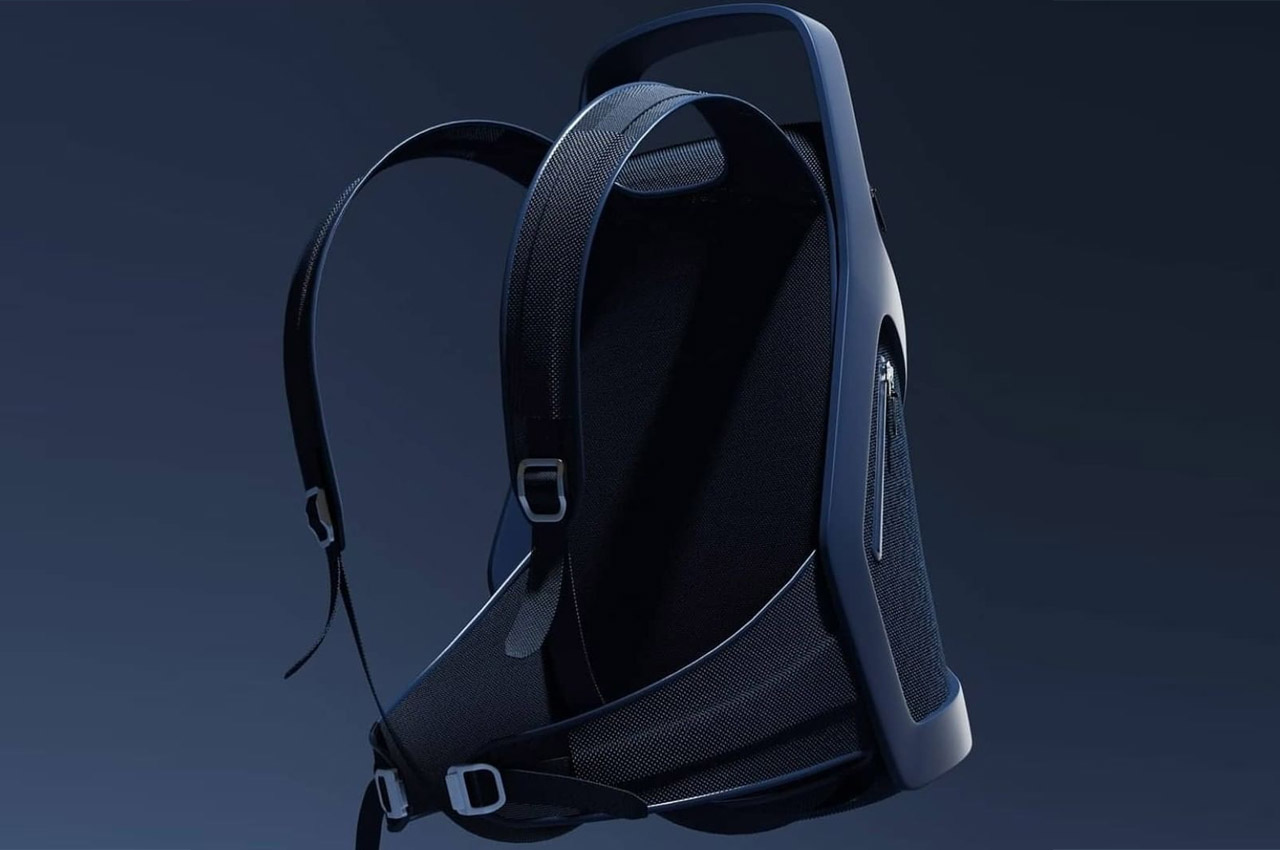

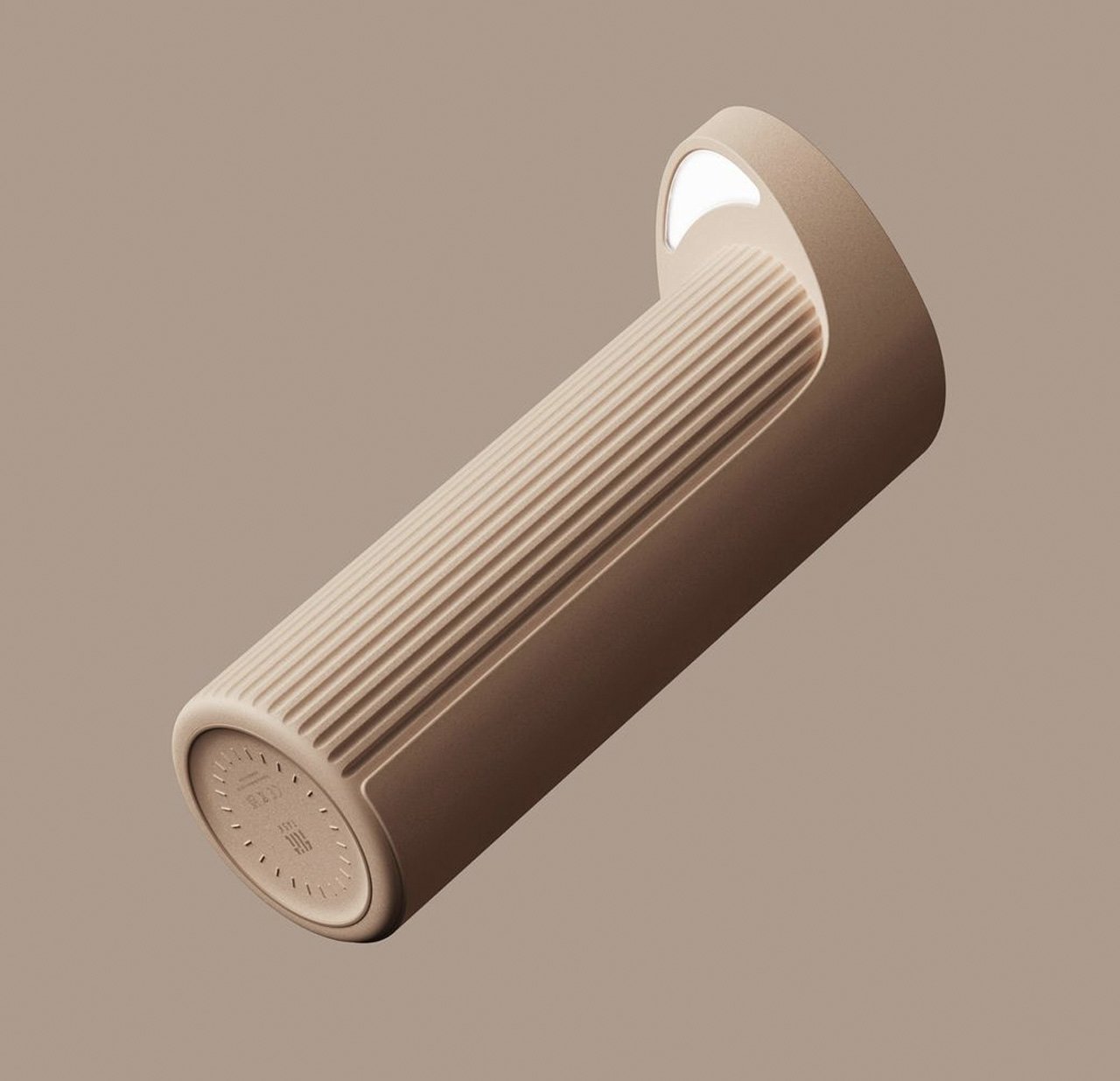

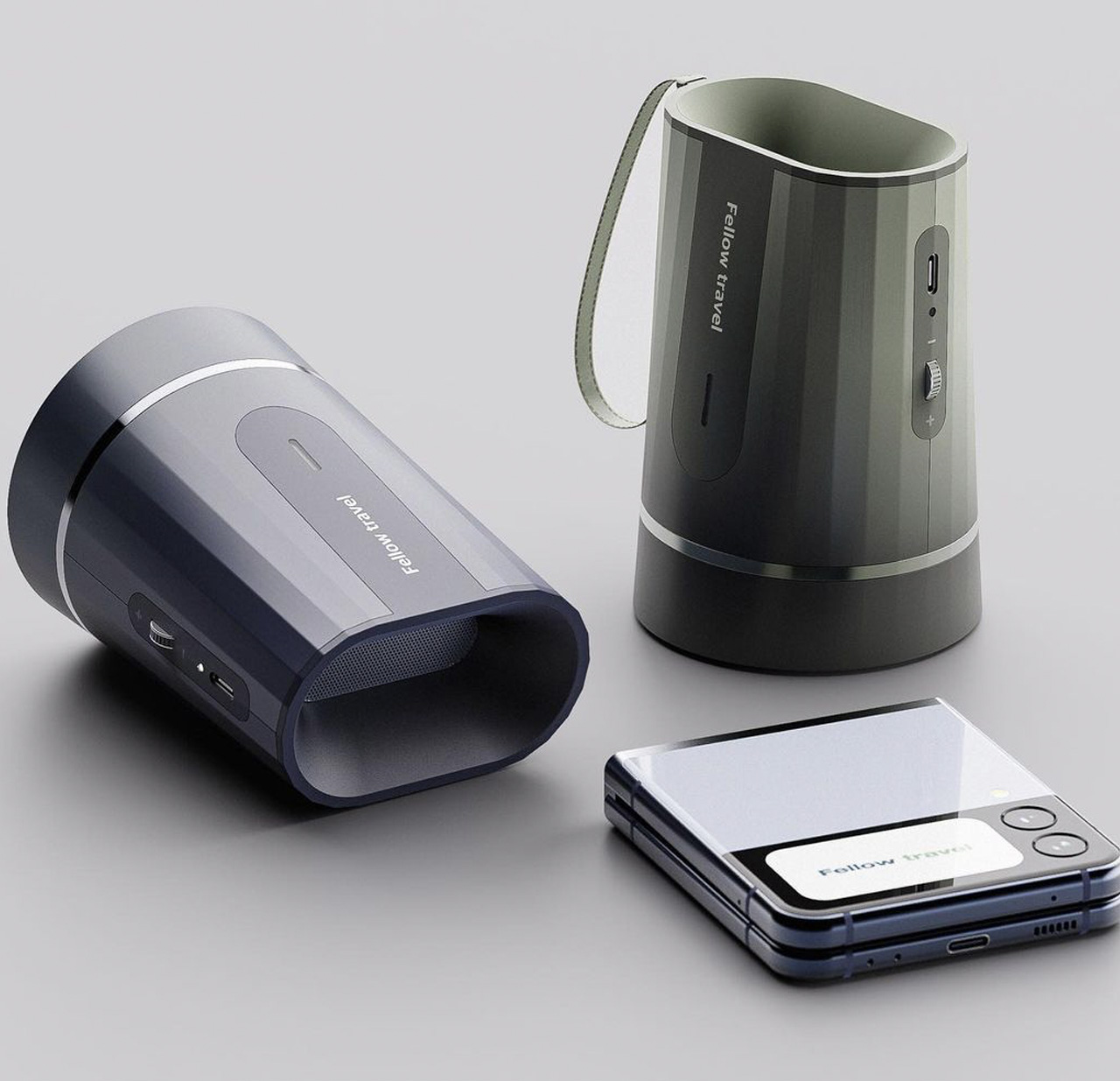


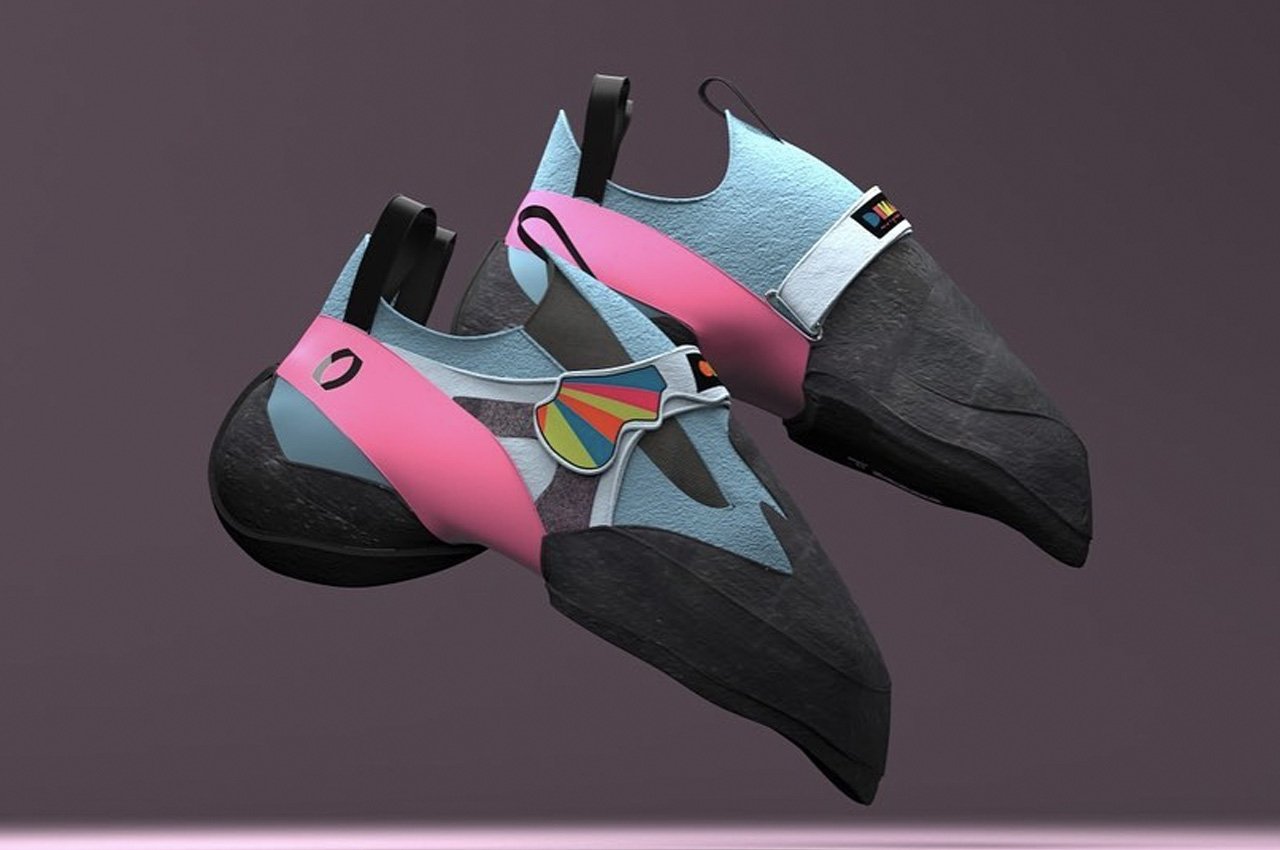



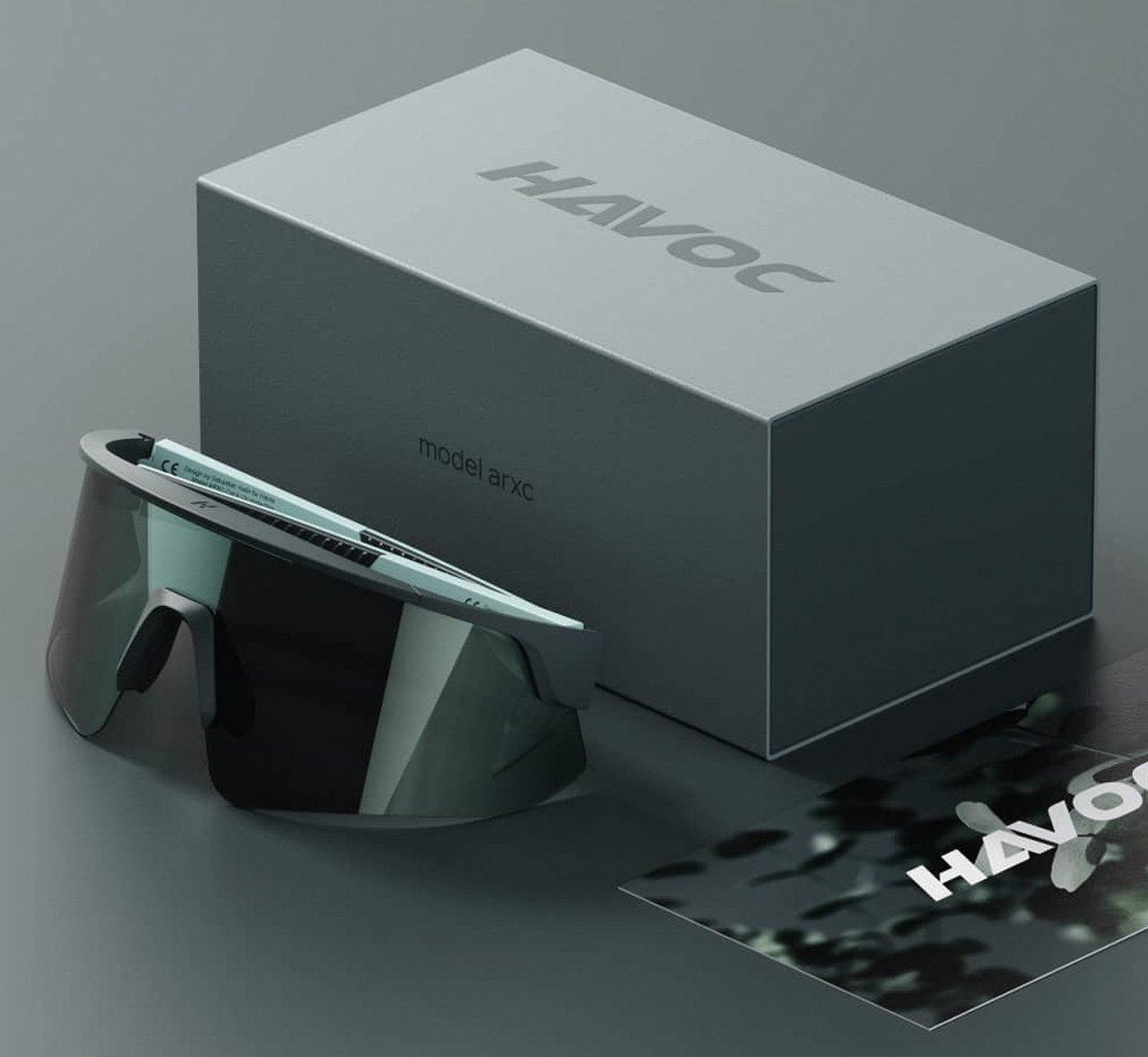


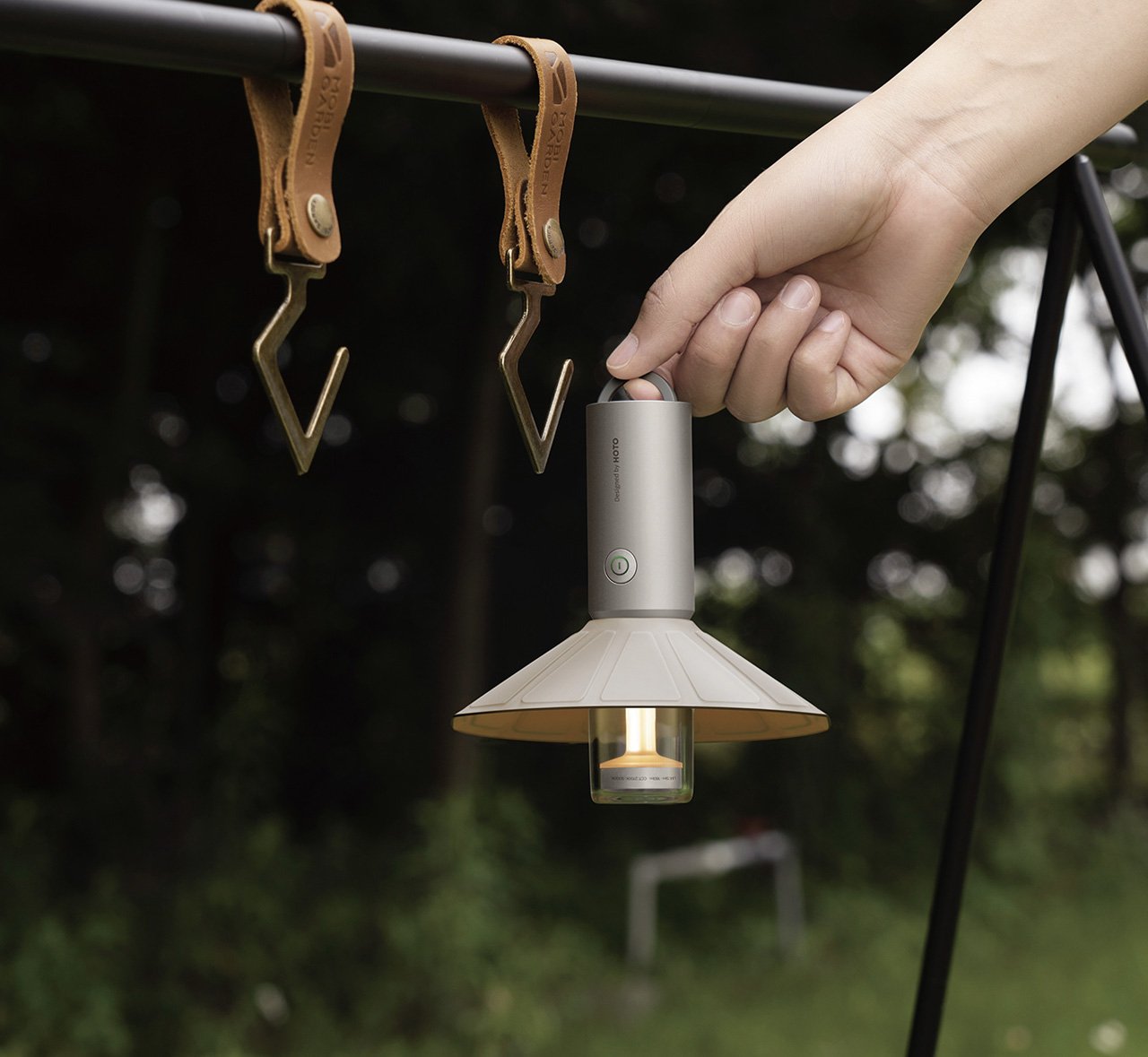
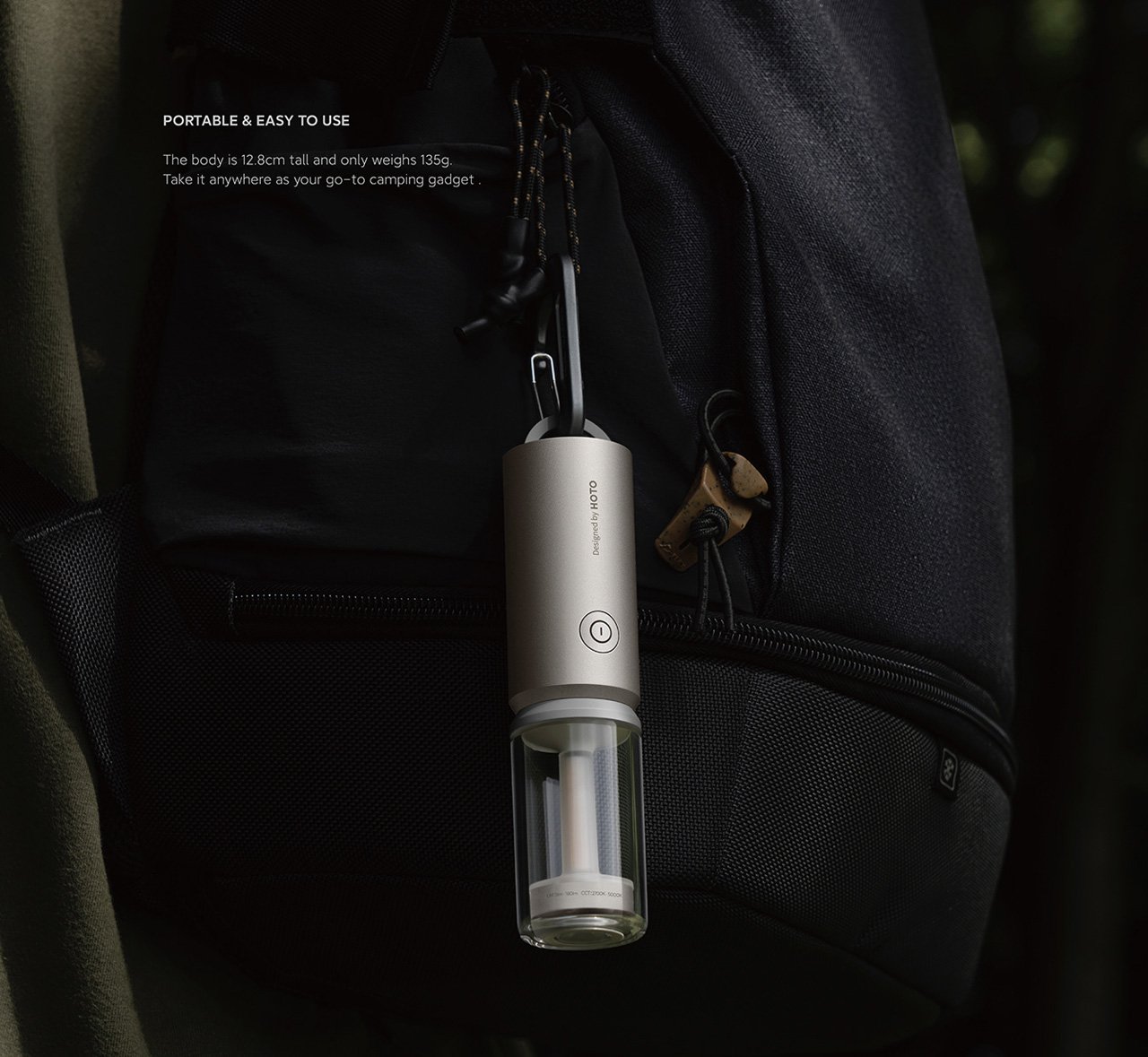

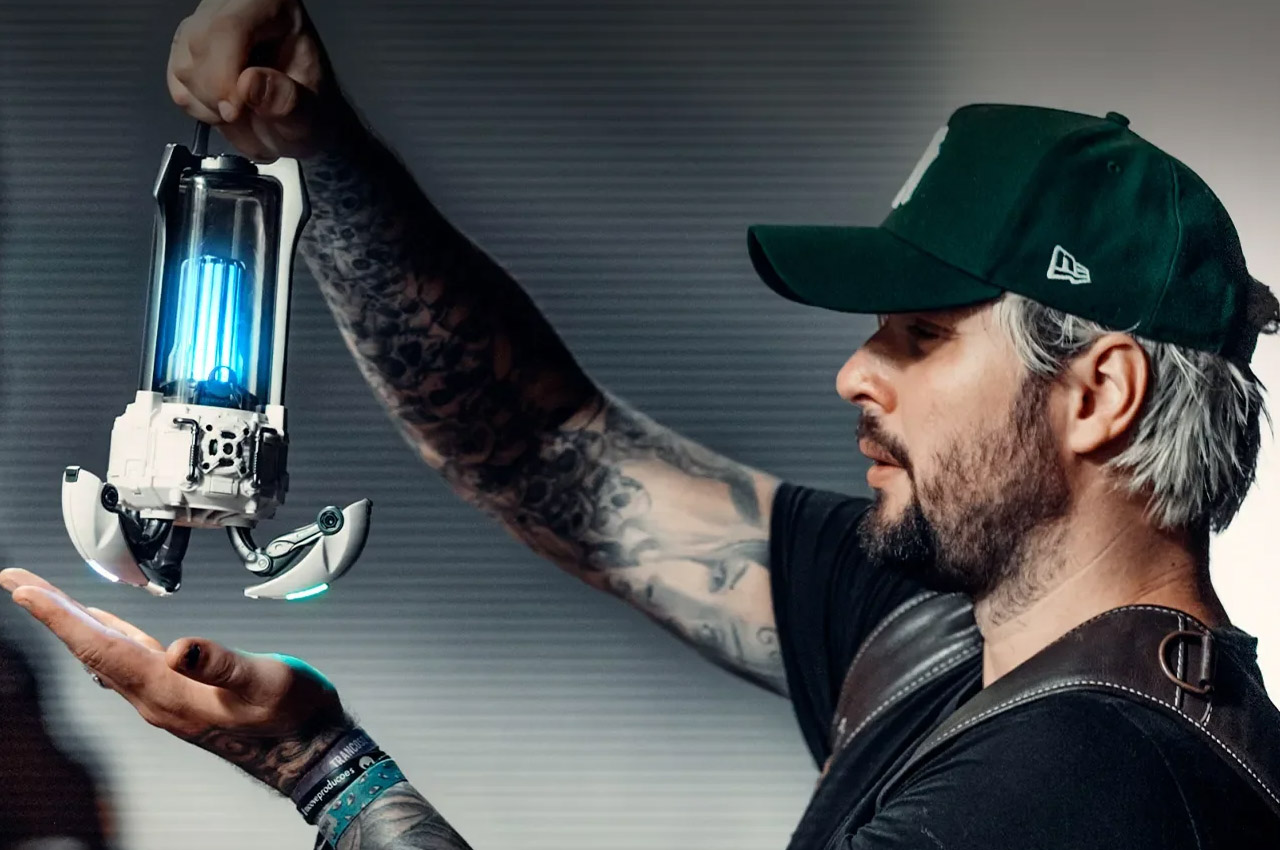
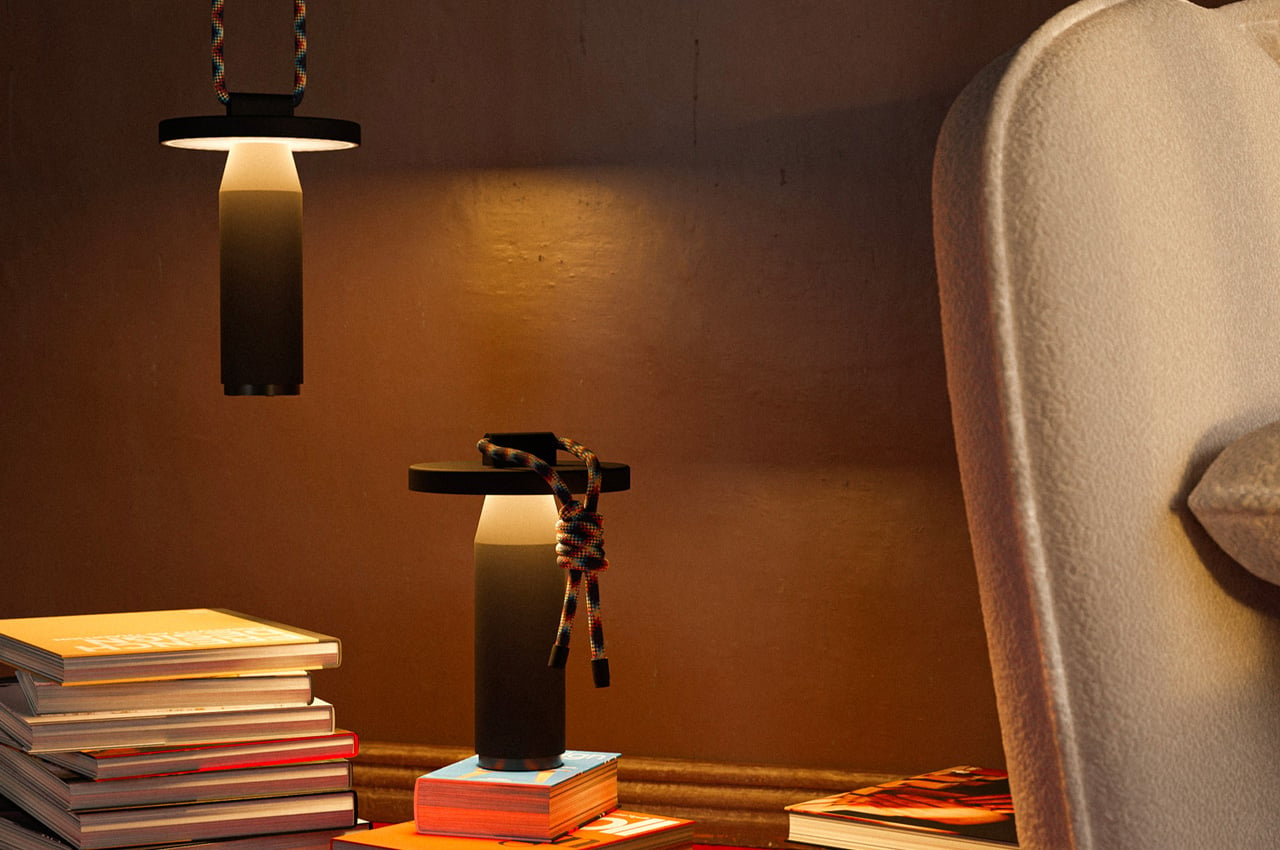
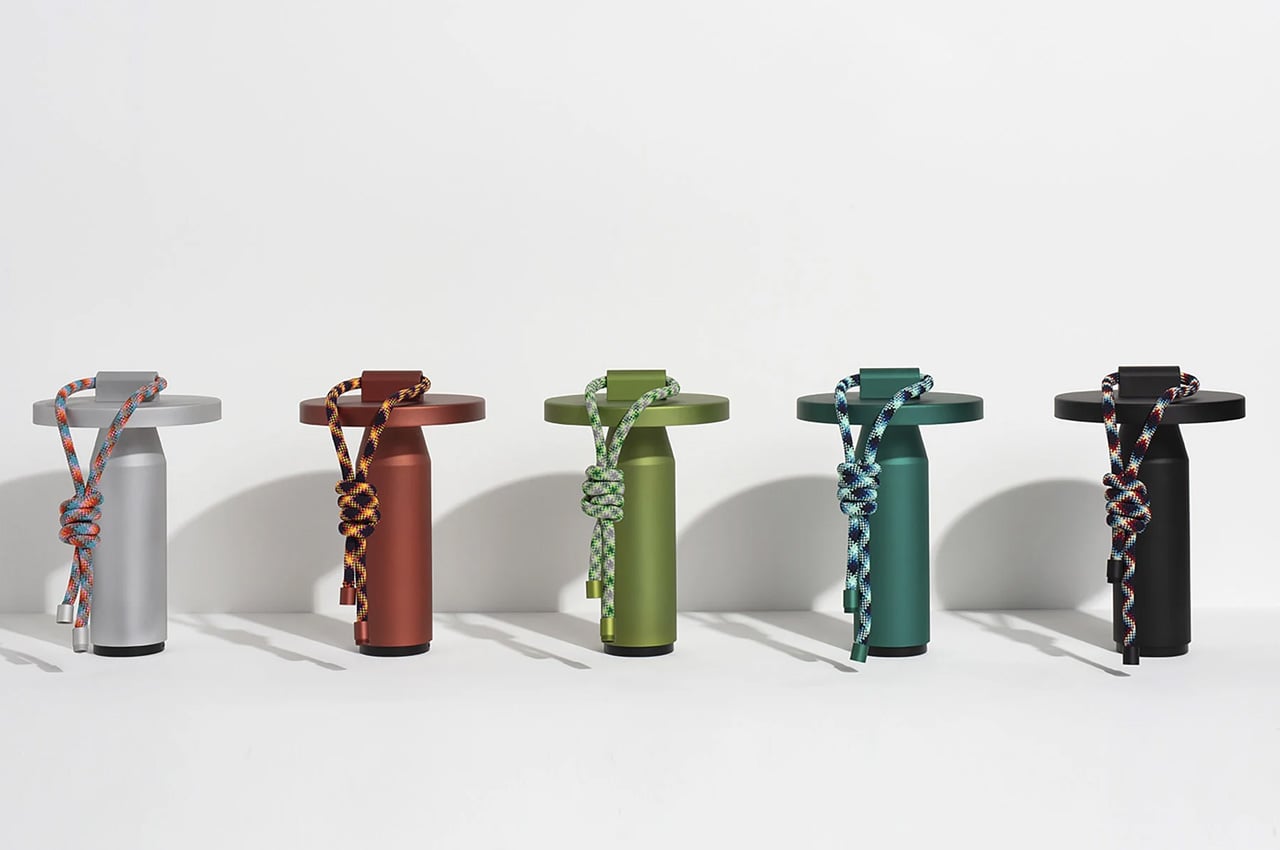
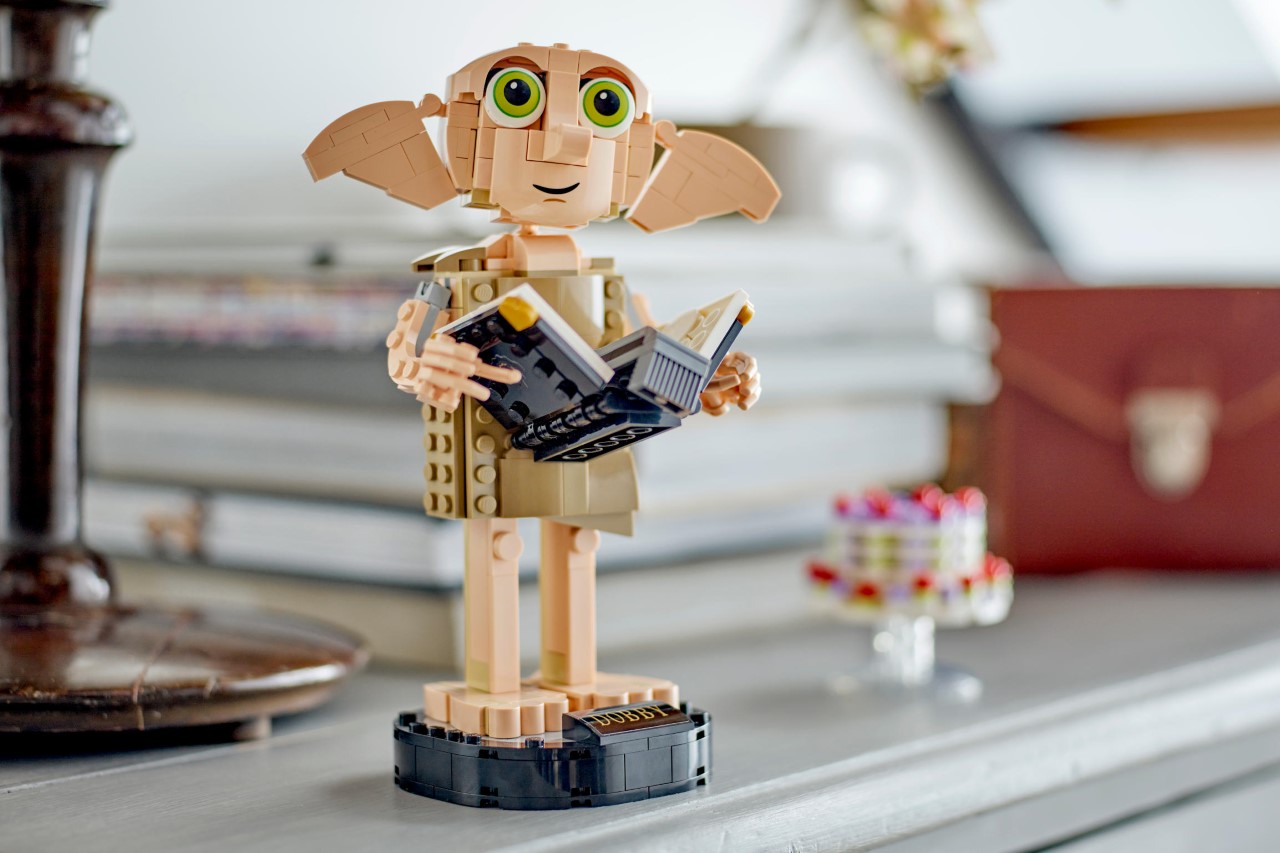
 the House-Elf” build is designed for kids upwards of 8 years old, utilizing a mere 403 bricks (making it one of the easier builds in the LEGOverse).
the House-Elf” build is designed for kids upwards of 8 years old, utilizing a mere 403 bricks (making it one of the easier builds in the LEGOverse).



















